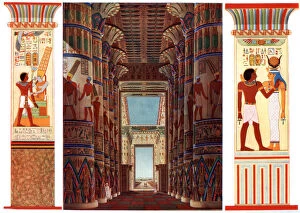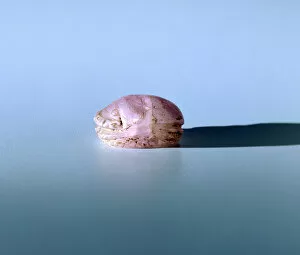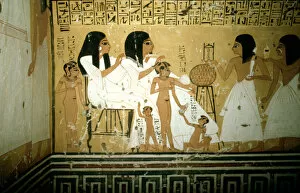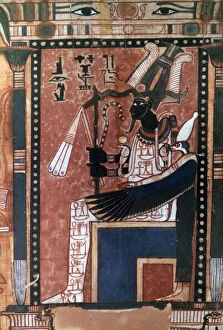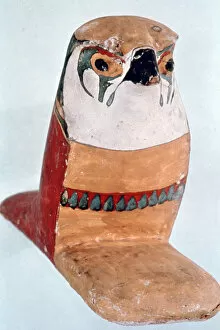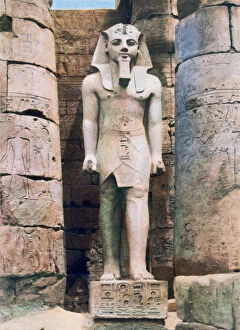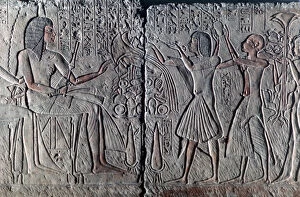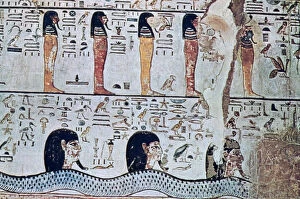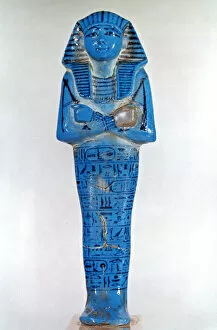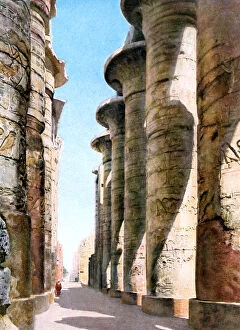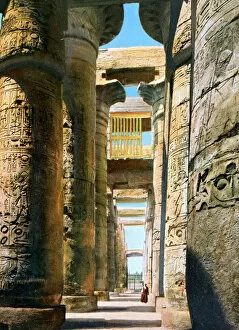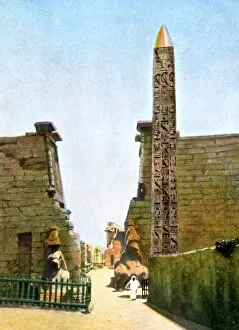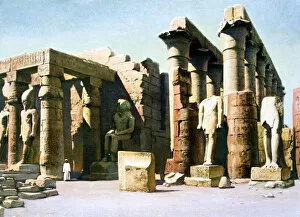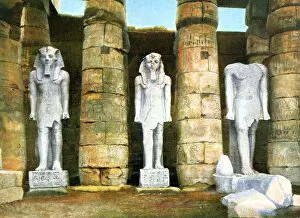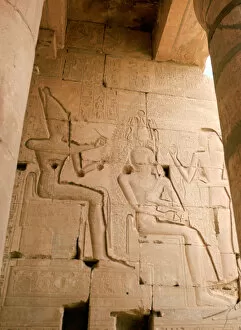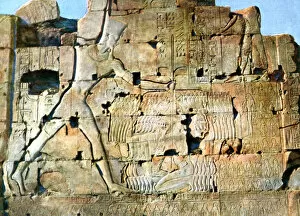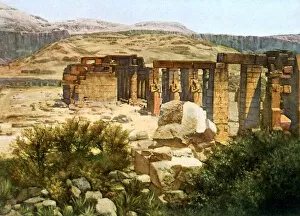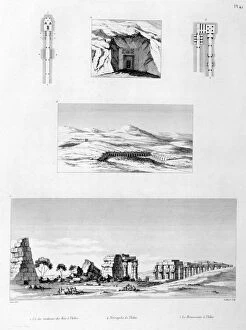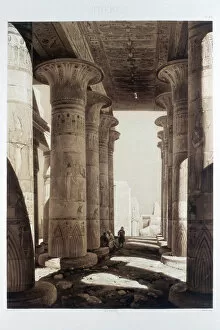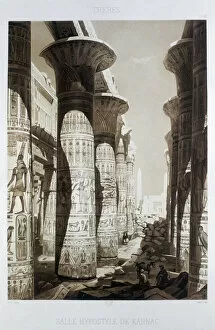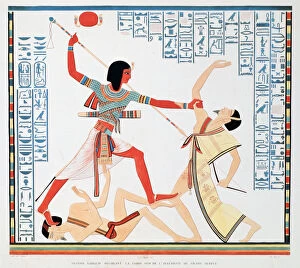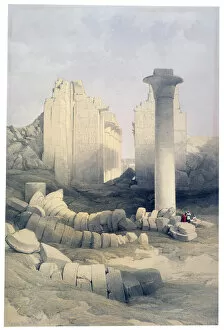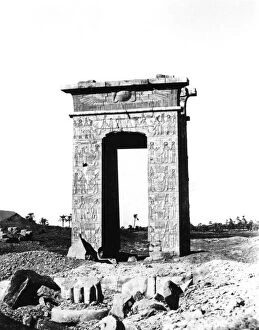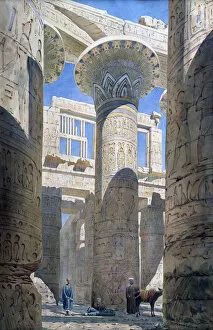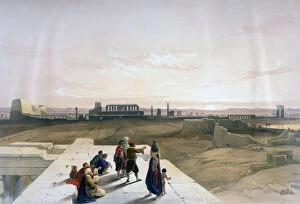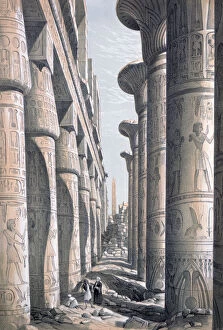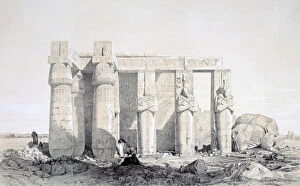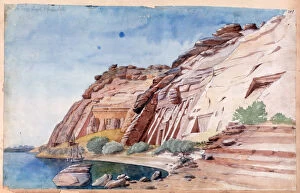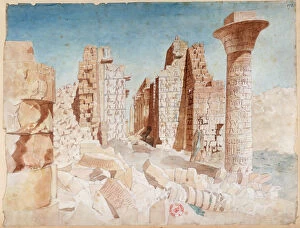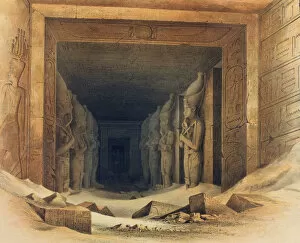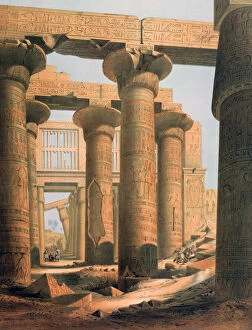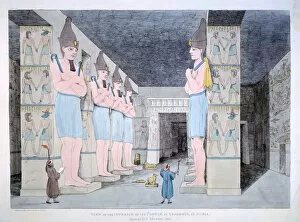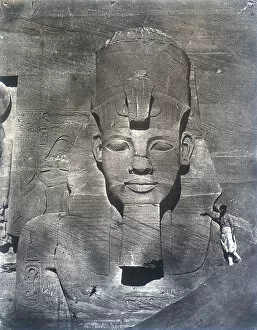13th Century Bc Collection (page 6)
"Journeying through the 13th Century BC: Unveiling Ancient Egypt's Rich Tapestry" Step back in time to the 13th century BC
For sale as Licensed Images
Choose your image, Select your licence and Download the media
"Journeying through the 13th Century BC: Unveiling Ancient Egypt's Rich Tapestry" Step back in time to the 13th century BC, where ancient Egypt thrived with captivating rituals and majestic rulers. Delve into the Passover ritual, a tradition that originated during this era in ancient Egypt, symbolizing liberation and renewal. As Moses received divine guidance atop Mount Sinai, he delivered the Ten Commandments to his people—a pivotal moment etched in history forever. These commandments would shape moral principles for generations to come. Witness the mesmerizing Fumigation of Osiris—an intricate ceremony performed during this period—honoring the god of resurrection and rebirth. The Book of the Dead of Neb-Qued offers a glimpse into Egyptian beliefs surrounding life after death. Marvel at Ramses II, an iconic pharaoh whose reign left an indelible mark on history. As a standard bearer, he led his empire with strength and determination. Admire his likeness captured in pink granite at Tanis' Egyptian Museum—a testament to his grandeur. Queen Nefertari gracefully walks beside Isis, embodying beauty and power as she navigates her royal role within society. Charles Wilkinson's depiction immortalizes this enchanting scene from ca. 1279-1213 B. C. , showcasing their timeless bond. Renowned artist Winifred Mabel Brunton masterfully portrays Rameses II—the formidable ruler who shaped Egypt's destiny—in her stunning artwork from 1926. His legacy endures as one of ancient Egypt's most influential pharaohs. Explore Seti I's tomb nestled within the Valley of Kings—an architectural marvel that reveals secrets about burial practices during this era. The intricately adorned walls offer glimpses into religious beliefs intertwined with daily life. The soul-bird & mummy depicted in the Book of Dead Papyrus by Ani takes us deeper into ancient Egyptian spirituality. This sacred text from Thebes, dating back to c.


